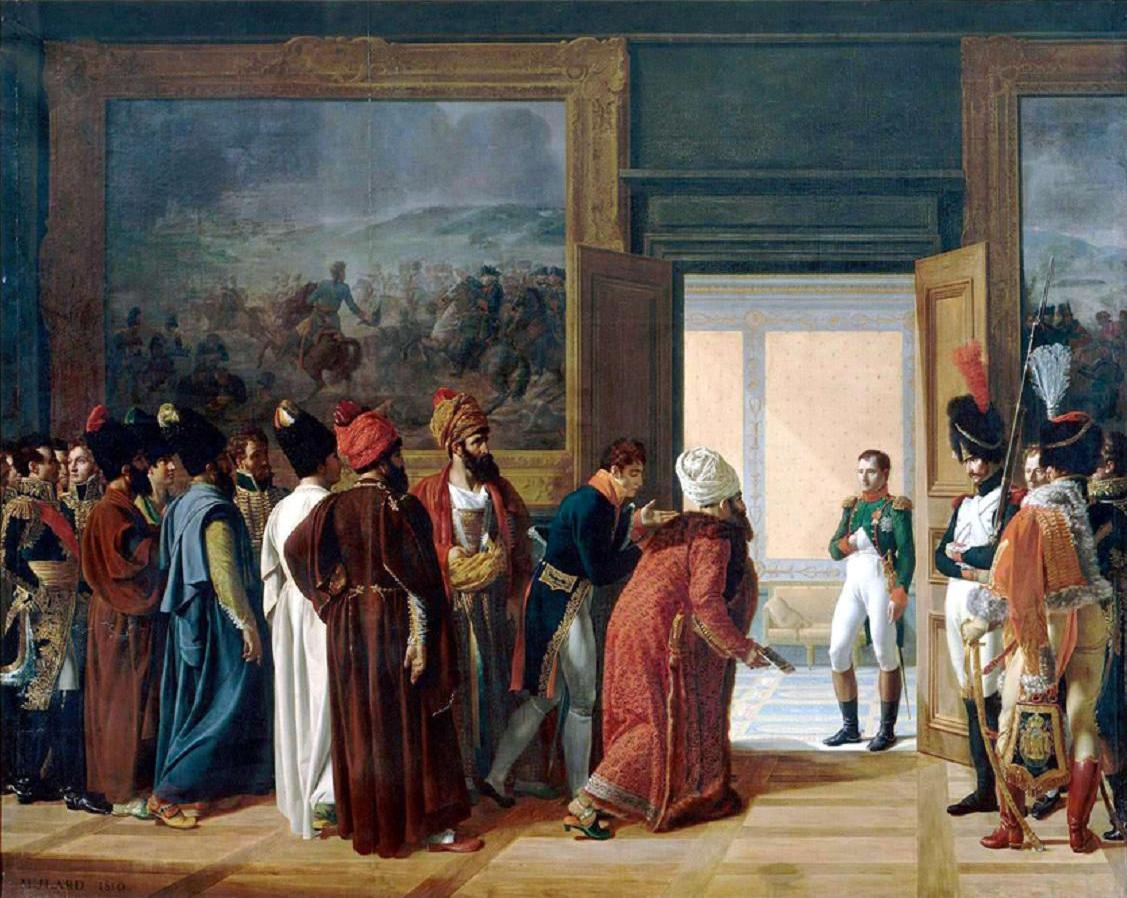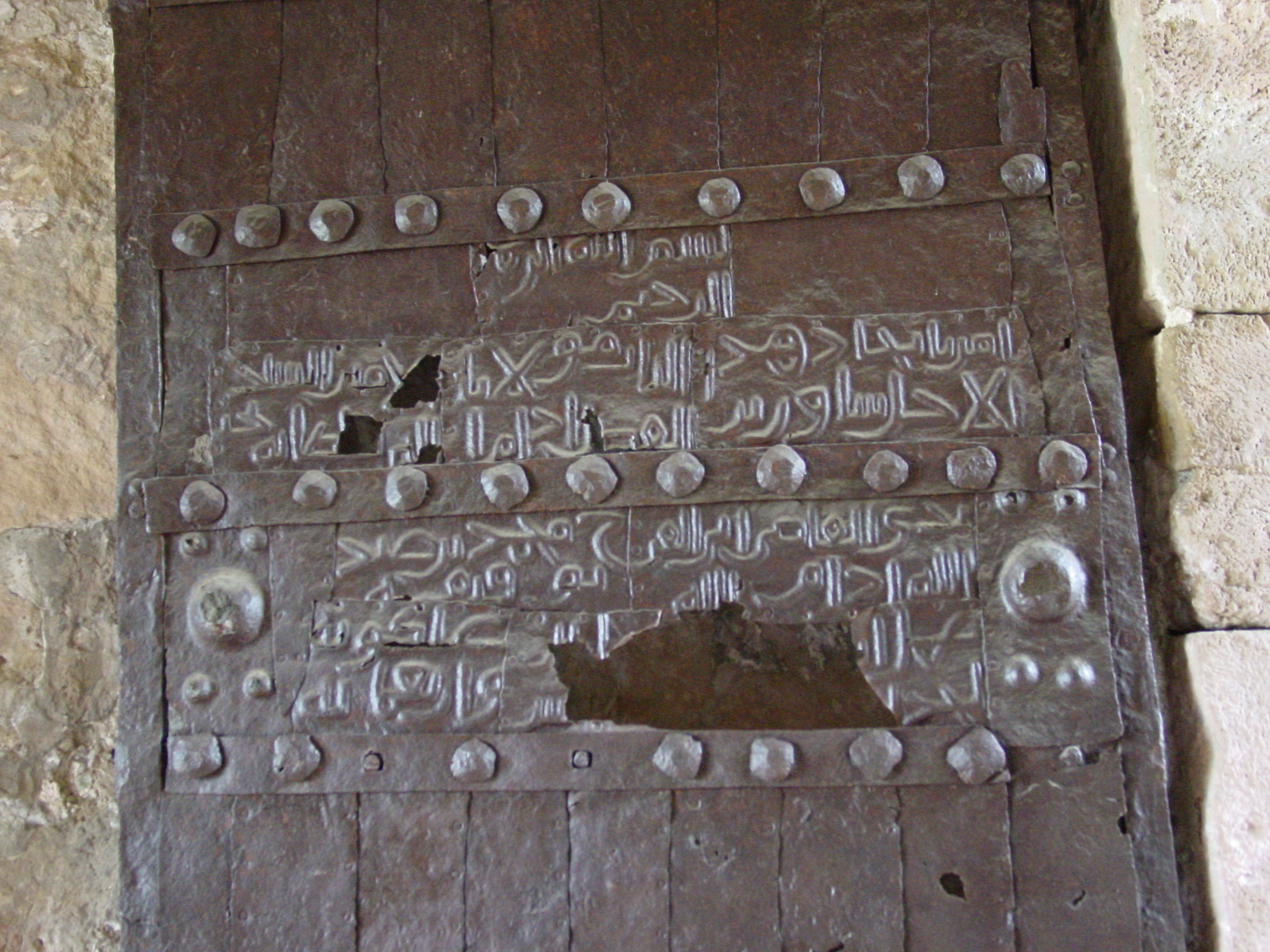|
Siege Of Lankaran
The siege of Lankaran (; ) took place from 7 January to 13 January 1813 during the Russo-Iranian War of 1804–1813. Lankaran, a city in the Talish region, was previously held by Mir-Mostafa Khan of the Talysh Khanate, a subject of Iran. However, due to his defiance, he was ousted from the city by Iranian forces in August 1812. Now directly held by the Iranians, the city was soon besieged by the Russian commander Pyotr Kotlyarevsky, who had recently defeated the Iranian crown-prince Abbas Mirza at the battle of Aslanduz. Shortly before the siege, Kotlyarevsky had offered the 4,000 stationed soldiers and their commander Sadeq Khan Qajar the chance to surrender, but they refused. Kotlyarevsky subsequently started the shelling of the city, and by 13 January, the Russians had captured Lankaran. The majority of the defenders, as well as Sadeq Khan, were killed, whilst Kotlyarevsky was wounded. Mir-Mostafa Khan was subsequently reinstated, and thus the Talysh Khanate was once again ... [...More Info...] [...Related Items...] OR: [Wikipedia] [Google] [Baidu] |
Russo-Persian War (1804–1813)
The Russo-Persian War of 1804–1813 was one of the many wars between the Persian Empire and Imperial Russia, and, like many of their other conflicts, began as a territorial dispute. The new Persian king, Fath Ali Shah Qajar, wanted to consolidate the northernmost reaches of his kingdom—modern-day Georgia—which had been annexed by Tsar Paul I several years after the Russo-Persian War of 1796. Like his Persian counterpart, the Tsar Alexander I was also new to the throne and equally determined to control the disputed territories. The war ended in 1813 with the Treaty of Gulistan which ceded the previously disputed territory of Georgia to Imperial Russia, and also the undisputed Iranian territories of Dagestan, most of what is modern Azerbaijan, and minor parts of Armenia. Origins The origins of the war can be traced back to the decision of Tsar Paul I to annex Eastern Georgia ( Kartli-Kakheti) in December 1800. Earlier, in 1783, the Georgian king Heraclius II ... [...More Info...] [...Related Items...] OR: [Wikipedia] [Google] [Baidu] |
Caucasus
The Caucasus () or Caucasia (), is a region spanning Eastern Europe and Western Asia. It is situated between the Black Sea and the Caspian Sea, comprising parts of Southern Russia, Georgia, Armenia, and Azerbaijan. The Caucasus Mountains, including the Greater Caucasus range, have conventionally been considered as a natural barrier between Europe and Asia, bisecting the Eurasian landmass. Mount Elbrus, Europe's highest mountain, is situated in the Western Caucasus area of Russia. On the southern side, the Lesser Caucasus includes the Javakheti Plateau and the Armenian highlands. The Caucasus is divided into the North Caucasus and South Caucasus, although the Western Caucasus also exists as a distinct geographic space within the North Caucasus. The Greater Caucasus mountain range in the north is mostly shared by Russia and Georgia as well as the northernmost parts of Azerbaijan. The Lesser Caucasus mountain range in the south is mostly located on the territory of sout ... [...More Info...] [...Related Items...] OR: [Wikipedia] [Google] [Baidu] |
Khan (title)
Khan (, , ) is a historic Turkic peoples, Turkic and Proto-Mongols, Mongolic title originating among nomadic tribes in the Eurasian Steppe#Divisions, Central and Eastern Eurasian Steppe to refer to a king. It first appears among the Rouran and then the Göktürks as a variant of khagan (sovereign, emperor) and implied a subordinate ruler. In the Seljuk Empire, Seljük Empire, it was the highest noble title, ranking above malik (king) and emir (prince). In the Mongol Empire it signified the ruler of a Orda (organization), horde (''ulus''), while the ruler of all the Mongols was the khagan or great khan. It is a title commonly used to signify the head of a Pashtun Pashtun tribes, tribe or clan. The title subsequently declined in importance. During the Safavid Iran, Safavid and Qajar Iran, Qajar dynasty it was the title of an army general high noble rank who was ruling a province, and in Mughal Empire, Mughal India it was a high noble rank restricted to courtiers. After the downfal ... [...More Info...] [...Related Items...] OR: [Wikipedia] [Google] [Baidu] |
Column (formation)
In military terminology, a column is a tactical formation of fighters moving together in one or more files in which the file is significantly longer than the width of ranks in the formation. The column formation allows the unit rapid movement and a very effective charge (due to weight of numbers), and it can quickly form square to resist cavalry attacks, but by its nature only a fraction of its muskets are able to open fire. The line formation offers a substantially larger musket frontage than the column, allowing for greater shooting capability, but requires extensive training to allow the unit to move over ground as one while retaining the line. It is also applied by modern armies to vehicles, troops and naval vessels. Napoleonic Wars During the early stages of the French Revolutionary Wars, the French Army often attacked in column formation in an attempt to drive through enemy lines by sheer weight of numbers. Against enemy units already weakened by the fire from sk ... [...More Info...] [...Related Items...] OR: [Wikipedia] [Google] [Baidu] |
Lankaran Fortress
Lankaran (, ) or Lánkon () is a city in Azerbaijan, on the coast of the Caspian Sea, near the southern border with Iran. As of 2021, the city had a population of 89,300. It is next to, but independent of, Lankaran District. The city forms a distinct first-order division of Azerbaijan. Etymology The origin of the name "Lankaran" is uncertain. One theory consider it to derive from one of the Persian words, ''Langarkunān'' ("the place for dropping the anchor(s)") or ''Langarkanān'' ("the place for weighing anchor(s)"). Both meanings simply translate as "sea port." The pronunciation shifted through the years, and ''Langarkunān'' became ''Lankarān'' or, in the even more simple Talysh pronunciation, ''Lankon''. The other theory links it to the Talysh word ''lankran'' ("cane house"). History It is unknown when the town of Lankaran was actually established. The French archaeologist Jacques de Morgan (died 1924) discovered extremely ancient remains in Lankaran, such as dolmens, gr ... [...More Info...] [...Related Items...] OR: [Wikipedia] [Google] [Baidu] |
Tabriz
Tabriz (; ) is a city in the Central District (Tabriz County), Central District of Tabriz County, in the East Azerbaijan province, East Azerbaijan province of northwestern Iran. It serves as capital of the province, the county, and the district. It is the List of largest cities of Iran, sixth-most-populous city in Iran. Tabriz is in the Quri Chay, Quru River valley in Iran's historic Azerbaijan (Iran), Azerbaijan region between long ridges of volcanic cones in the Sahand and Eynali mountains. Tabriz's elevation ranges between above sea level. The valley opens up into a plain that gently slopes down to the eastern shores of Lake Urmia, to the west. The city was named World Carpet Weaving City by the World Crafts Council in October 2015 and Exemplary Tourist City of 2018 by the Organisation of Islamic Cooperation. With a population of over 1.7 million (2016), Tabriz is the largest economic hub and metropolitan area in northwest Iran. The population is bilingual with most peopl ... [...More Info...] [...Related Items...] OR: [Wikipedia] [Google] [Baidu] |
Aslan Duz
Aslan Duz () is a city in the Central District of Aslan Duz County, Ardabil province, Iran, serving as capital of both the county and the district. It was the administrative center for Aslan Duz Rural District until its capital was transferred to the village of Gedaylu. The Battle of Aslanduz was fought nearby in 1812. Demographics Population At the time of the 2006 National Census, the city's population was 3,910 in 862 households, when it was capital of the former Aslan Duz District of Parsabad County. The following census in 2011 counted 4,557 people in 1,172 households. The 2016 census measured the population of the city as 6,348 people in 1,760 households. In 2019, the district was separated from the county in the establishment of Aslan Duz County Aslan Duz County () is in Ardabil province, Ardabil province, Iran. Its capital is the city of Aslan Duz, whose population at the time of the 2016 National Census was 6,348 people in 1,760 households. Hist ... [...More Info...] [...Related Items...] OR: [Wikipedia] [Google] [Baidu] |
Fath-Ali Shah Qajar
Fath-Ali Shah Qajar (; 5 August 1772 – 24 October 1834) was the second Shah of Qajar Iran. He reigned from 17 June 1797 until his death on 24 October 1834. His reign saw the irrevocable ceding of Iran's northern territories in the Caucasus, comprising what is nowadays Georgia (country), Georgia, Dagestan, Azerbaijan, and Armenia, to the Russian Empire following the Russo-Persian Wars of Russo-Persian War (1804–1813), 1804–1813 and Russo-Persian War (1826–1828), 1826–1828 and the resulting treaties of Treaty of Gulistan, Gulistan and Treaty of Turkmenchay, Turkmenchay., page 728 These two treaties are closely tied to Fath-Ali Shah's legacy amongst Iranians, who often view him as a weak ruler. Fath-Ali Shah successfully reconstituted his realm from a mostly Turkic tribal khanship into a centralized and stable monarchy based on the old imperial design. At the end of his reign, his difficult economic problems and military and technological liabilities took Iran to the verge ... [...More Info...] [...Related Items...] OR: [Wikipedia] [Google] [Baidu] |
Ganja, Azerbaijan
Ganja (; ) is Azerbaijan's List of cities in Azerbaijan, third largest city, with a population of around 335,600.Azərbaycan Respublikası. — 2. Azərbaycan Respublikasının iqtisadi və inzibati rayonları. — 2.4. Azərbaycan Respublikasının iqtisadi və inzibati rayonlarının ərazisi, əhalisinin sayı və sıxlığı, səhifə 66. /Azərbaycanın əhalisi (statistik bülleten) Müəllifi: State Statistics Committee, Azərbaycan Respublikasının Dövlət Statistika Komitəsi. Buraxılışa məsul şəxs: Rza Allahverdiyev. Bakı — 2015, 134 səhifə. The city has been a historic and cultural center throughout most of its existence. It was the capital of the Ganja Khanate until 1804; after Qajar Iran ceded it to the Russian Empire following the Treaty of Gulistan in 1813, it became part of the administrative divisions of the Georgia Governorate, Georgia-Imeretia Governorate, Tiflis Governorate, and Elizavetpol Governorate. Following the dissolution of the Russian Emp ... [...More Info...] [...Related Items...] OR: [Wikipedia] [Google] [Baidu] |





